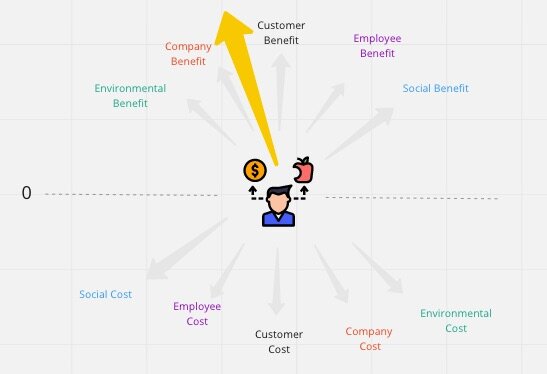Catalytic Poisoning: Coaches and Chemicals
As an agile coach, my purpose is to help people, teams, and organizations transform the way they think about their work and how they function as an organization. My role serves as a catalyst in these transformations, asking questions and inspiring clients to create their own new thinking. As with any change involving people, this does not happen overnight. These transitions can take several months to several years, and I’ve been considering how my coaching perspective is affected in these long term engagements.
In considering this, I was reminded of another type of “catalyst” I learned about in school. In the world of chemical transformations, tiny amounts of a substance can be introduced to a reaction to increase the speed of a transformation and decrease the amount of energy required for the transformation to take place. These substances are called catalysts and they are usually unaffected by the chemical reaction taking place around them.
If you are a regular reader, you know I am a big fan of analogies from other aspects of life. This one was pretty clear to me when I happened upon it. When added to a new or already existing agile transformation, a coach’s mission is to increase the speed of a transformation and decrease the amount of overall energy required for the transformation.
However, catalysts (whether chemicals or coaches) can occasionally be inhibited, deactivated, or destroyed by secondary reactions. Some secondary processes cover a catalyst in bi-products (see my previous post on Scaling) and inhibit the effect of the catalyst. If that inhibiting effect is permanent, it is known as ‘poisoning’. It is important that coaches remain vigilant to recognize the risk of this, and prevent it.
During a long term engagement with a client, it is inevitable that relationships form, biases shift, and as a result, dysfunctional patterns can emerge. As coaches we are trained to avoid these pitfalls, yet we are human. While my objectivity is often desired, it is my subjectivity that is often required in order to be an effective coach. I need to connect with people. I need to understand them--- their fears, their motivations, their relationships with their teammates. As time marches on, making these connections can occasionally draw me into situations where I risk losing my coaching stance and perspective. Occasionally, my investment in the outcome of the work can become more important to me than the means to accomplish it.
In a recent example involving multiple teams, multiple companies, and multiple cultures over an 18 month period, my catalytic effect had deteriorated immensely to the risk of being poisoned. My ability to affect the teams and organization through coaching was handicapped. After recognizing this, I introduced a person to the transformation with different experience, different perspective, different history, and different relationships. This had the two-fold effect of re-energizing the transformation---and opening space for another catalyst leader. People and teams were able to better learn for themselves by being involved in new and meaningful conversations, and I too was encouraged by this new energy. I’ve had some limited experience with paired coaching and this example has led me to believe there is likely tremendous value in utilizing that concept in large transformations.
Knowing when you, as a catalyst, have been inhibited is one of the many coaching skills necessary to ensure that your clients’ transformations continue to evolve. I suspect the risks increase more for in-house coaches rather than consultants, but I'd like to hear what you think.













